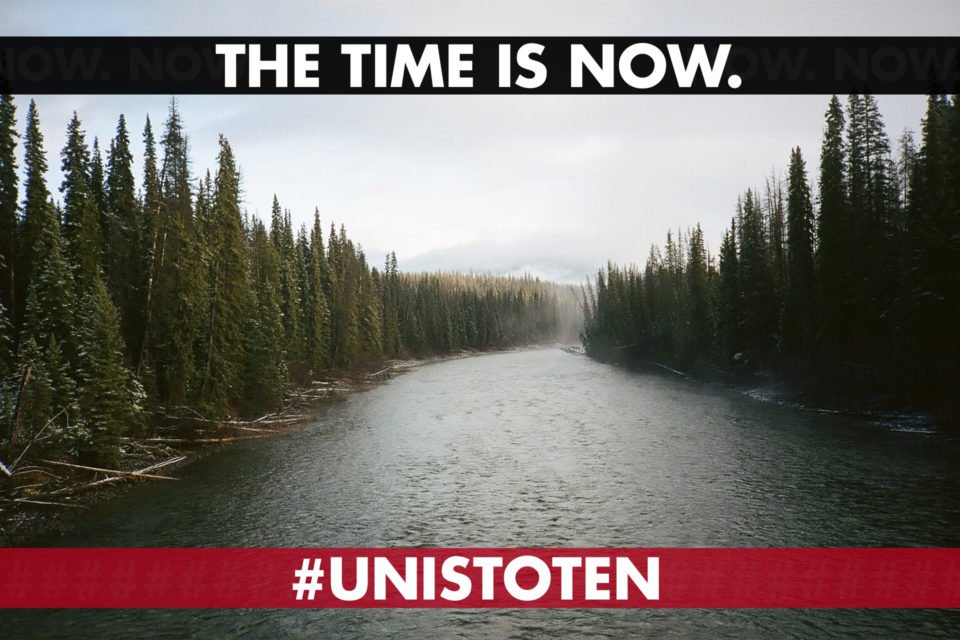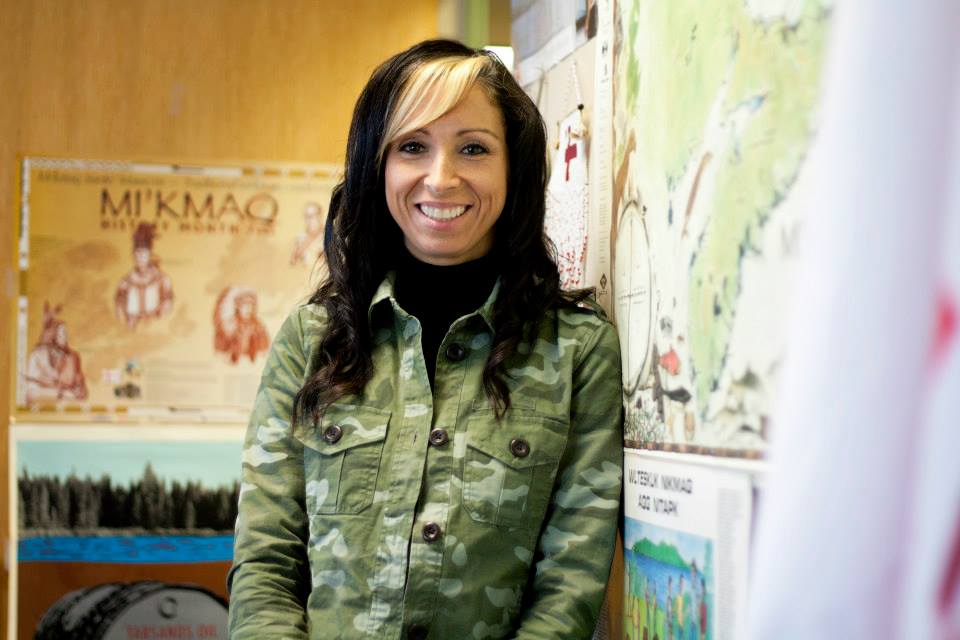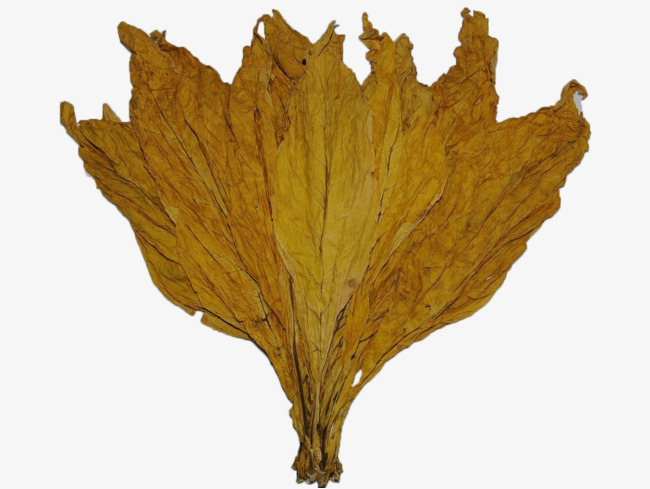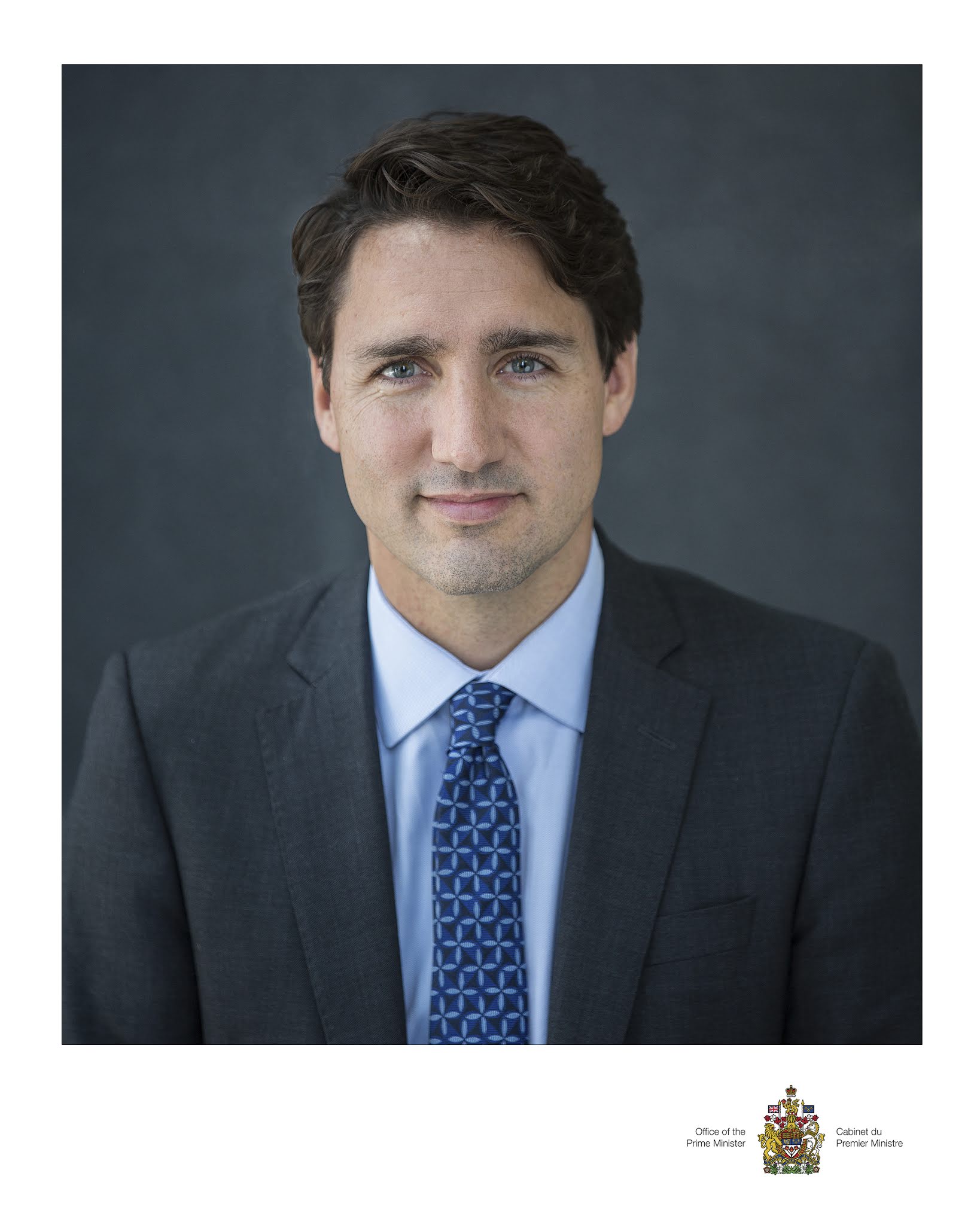This article was originally published in The Lawyer’s Daily on Sept.25, 2019 -(see link below) Justin Trudeau’s 2015 election platform promise to immediately legalize marijuana if elected spurred a frenzy of activity behind the scenes. There were police officers, politicians and other former leaders, previously against the sale of the drug, making plans for their…
Continue reading…about First Nations and the Business of Cannabis





